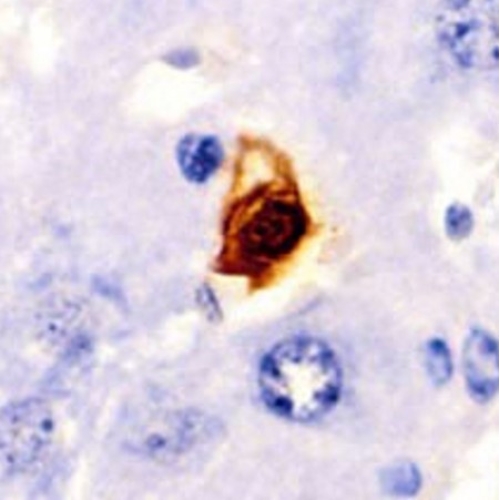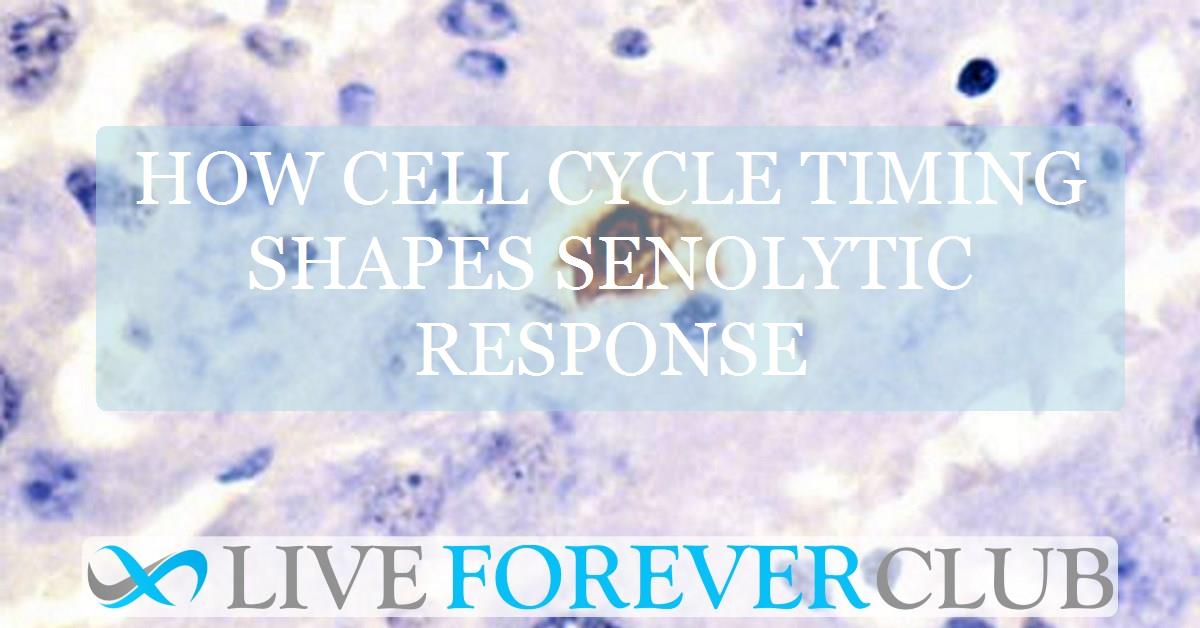Key points from article :
A study published in Aging by lead authors Francesco Neri and Shuyuan Zheng sheds new light on why not all aging cells respond the same way to anti-aging drugs. Conducted by researchers from the Buck Institute for Research on Aging, the USC Leonard Davis School of Gerontology, and Johns Hopkins University, the study reveals that an aging cell’s position in the cell cycle—whether it stopped dividing early or late—affects how it reacts to senolytic drugs, which are designed to eliminate damaged “zombie” cells that accumulate with age.
Senescent cells, which no longer divide but remain metabolically active, are known to contribute to inflammation and tissue degeneration over time. The research team used high-resolution imaging to analyze thousands of human cells and discovered that cells that halted division later in the cycle, in what’s known as the G2 phase, showed stronger aging markers and were more vulnerable to senolytic treatment than those that stopped earlier (in the G1 phase). These G2-arrested cells also produced higher levels of IL-6, an inflammatory molecule linked to age-related diseases.
The findings provide the first clear evidence that senescent cells are not all alike—and that their cell cycle status shapes both their behavior and drug sensitivity. This means that senolytic therapies could be made more effective by tailoring them to target specific subtypes of aging cells, especially those that drive inflammation.
Although the study was done in cultured cells, it offers a crucial step toward more precise anti-aging treatments. Future research will test whether similar patterns occur in living tissues, potentially leading to safer and more targeted interventions against chronic age-related conditions.







